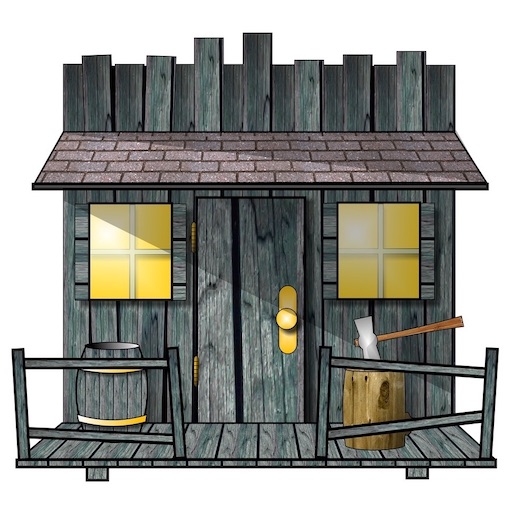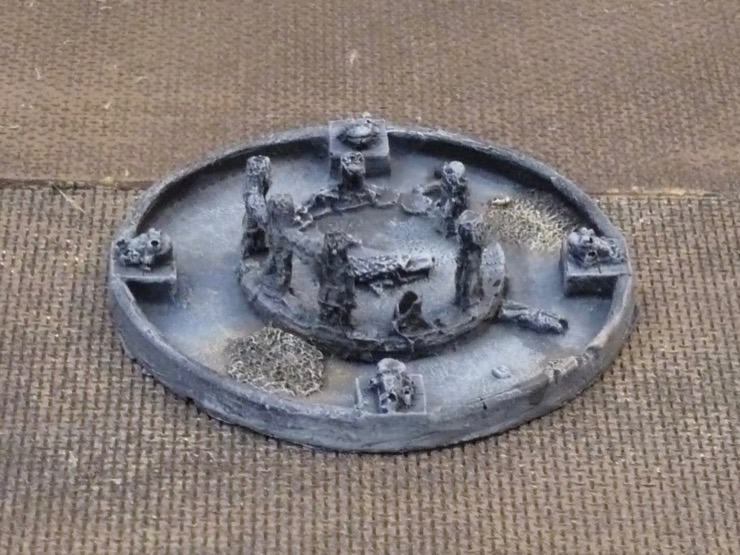Chuck Noland play my Crossfire scenario for Eye of the Tiger. Chuck has played some of my scenarios before and I’m always grateful when folk send reports through. All words are Chucks.
Eastern Front
During World War II the Axis powers tried and failed to defeat the Soviet Union. The Germans called this theatre the “Eastern Front Campaign” or “Russian Front Campaign” but to the Soviet citizens it was the “Great Patriotic War”. The battles on the Eastern Front constituted the largest military confrontation in history. Fighting in this theatre was characterised by unprecedented ferocity, wholesale destruction, mass deportations, and immense loss of life variously due to combat, starvation, exposure, disease, and massacres. Fighting lasted from the Axis invasion of the USSR (22 June 1941) to until the Soviet capture of Berlin (9 May 1945).
Stalingrad Day 2 – Finchley Wargaming Club – Steve Phenow’s Briefing
Day 2 of the 2019 World Wide Stalingrad Campaign for Crossfire is upon us. This is, more or less, the Crossfire material that Stephen Phenow sent the Finchley Wargaming Club. I have changed the format and put it into my normal template. And I’ve added a few bits that seemed missing. Where possible I’ve used Steve P’s words.
The Germans have replaced their depleted battalion with a fresh one and given them more combat engineers and more heavy artillery. The Moving Clock (Timeslip) is now under German control. The Soviets had their infantry refresh but lost support elements e.g. Tanks and generally have less troops than on Day 1. T34s now also have a chance to breakdown if they try to move.
Stalingrad Day 1 – Finchley Wargaming Club – Crossfire Battle Report
Chris Harrod, Jamie Wish, Adam Landa and I played Day 1 of the 2019 World Wide Stalingrad Campaign based on Steve Phenow’s Briefing. Crossfire of course.
Stalingrad Day 1 – Finchley Wargaming Club – Steve Phenow’s Briefing
This is, more or less, the Crossfire material that Stephen Phenow sent the Finchley Wargaming Club for Day 1 of the 2019 World Wide Stalingrad Campaign for Crossfire. I have changed the format and put it into my normal template. And I’ve added a few bits that seemed missing. Where possible I’ve used Steve P’s words.
How many figures to play Macs Missions on the Eastern Front
I’ve already posted on How many figures will I need to start playing Crossfire?. The answer is about 40 figures per side, about 80 total. But following a comment by Andrés F., after my Play Test of Mac’s Crossfire Missions v3, I thought it would be interesting to calculate how many figures are necessary to play Macs Missions on the Eastern Front. We’re talking pick up games for Crossfire here. If you want to be able to play all main force options and all the reinforcements, the answer is, quite a lot of figures.
Village P – A Crossfire Battle Report 2
Andrew Fisher and a couple of friends played my Crossfire at Position Four: The Village P Scenario. In the absence of Russian figures they had to substitute Polish and moved the date back to 1939. And that meant replacing the StuGs with Panzer Is and IIs – totally appropriate for the Polish Campaign. Andrew kindly sent through an account of the battle. Judging from the battle report it seemed to be a good game. All words are Andrew’s.
2019 World Wide Stalingrad Campaign for Crossfire
Stephen Phenow has volunteered to run a world wide campaign for Crossfire set in Stalingrad. Steve announced it on the Crossfire-WWII Yahoo Group but the action will take place on Stalingrad A World Wide Web Miniatures Campaign Facebook Group.
Painting a 15mm knocked out T-34 as a Crossfire objective
I seem to be collecting potential objectives for Crossfire in the form of wrecked vehicles. Last time it was a wrecked Portuguese staff car. Before that was a crashed Fieseler Fi 156 Storch (stork). This time the objective is a destroyed T-34/76.
Chuck Noland’s Crossfire Table – And playing some Balagan Scenarios
Sometimes I feel that I post my stuff into a silent void. So it is great when people respond and particularly to discover that people actually play my scenarios. I’m always keen to get feedback about my scenarios, whether good or bad, so I can tweak them. In this case Chuck Noland emailed and ended up sending me some great photos of his Crossfire games. I particularly like the black and white ones.
Painting 15mm Jarvis city barricades
A long time ago I got some 15mm Jarvis city barricades. Perfect for WW2, perhaps Stalingrad, or Spanish Civil War. I finally got around to painting them. There are a lot of different bits on these features but it was pretty straight forward. I’ve paint almost everything on here before … except the corrugated iron. That was new.
Stalingrad’s famous Barmaley fountain in 15mm
The Spanish wargaming company escenografia epsilon make Stalingrad’s famous Barmaley fountain in 15mm. I purchased a pre-painted version and it has featured in some of my Crossfire games set on the Eastern Front.
Steven’s Fallschirmjäger Battalion for Crossfire
This post is long overdue. Roland painted the last of the Fallschirmjaeger in June 2011 and I got them based soon afterwards. Tragically I haven’t used them in a game of Crossfire. I guess I don’t often create Crossfire scenarios for German paratroopers. Perhaps when I have some Kiwis to fight them in the Italian Campaign; I should bump the New Zealanders up in the priority list. Anyway, here are my Fallschirmjaeger.
Steven’s Russian Artillery for Crossfire
Artillery is essential in Crossfire, so to support my Russian Rifle Battalion I have forward observers for a variety of calibers of weapon. In addition I’ve got the artillery pieces as heavy weapons stands. This post covers field guns, howitzers, infantry guns, heavy mortars, Katyushas, anti-tank guns, and anti-aircraft guns. The Soviets were keen on firing direct so having the models makes sense. Admittedly I haven’t used many except the anti-tank guns.
Steven’s Russian Rifle Battalion for Crossfire
I’ve taken the liberty to update my previous post on Steven’s Russian Rifle Battalion for a number of reasons:
- They have done good service; I received them, from my mate Roland in New Zealand, on 15 November 2001.
- I rebased them using Sand, Flat Earth paint, and Dry Brushing
- I took the opportunity to give them the proper Battalion Code = “R”
Play Test of Mac’s Crossfire Missions v3
Chris Harrod and I played a game of Mac’s Crossfire Missions v3. So a pick up game for Crossfire with the option of reinforcements.
Summary: Good tense game. I conducted a fighting withdrawal in the face of massive Soviet firepower and took the game. Reinforcements gave more options (good) and did not unbalance the game (also good). I wax lyrical about the game in the conclusions and observations section at the end.















